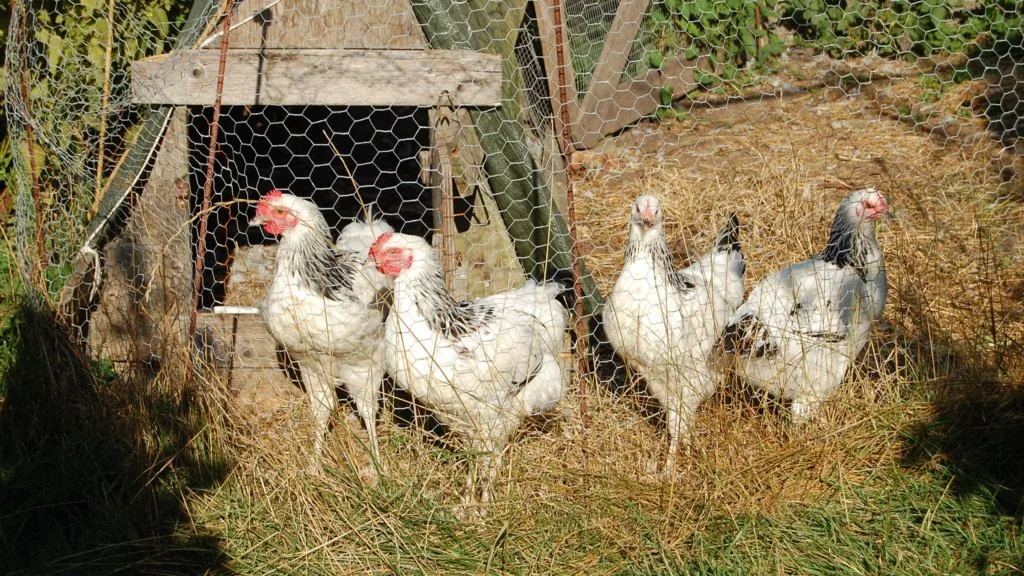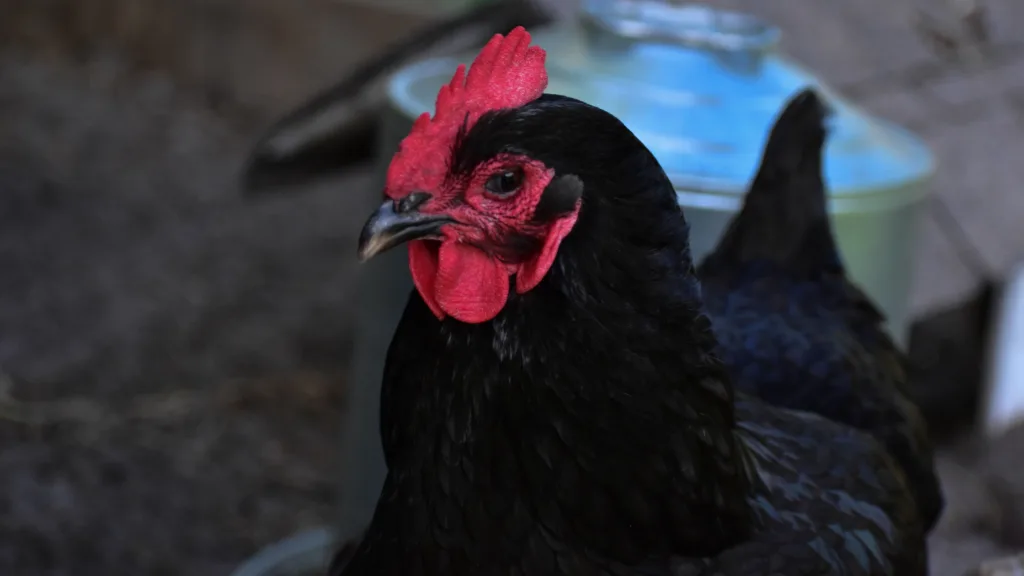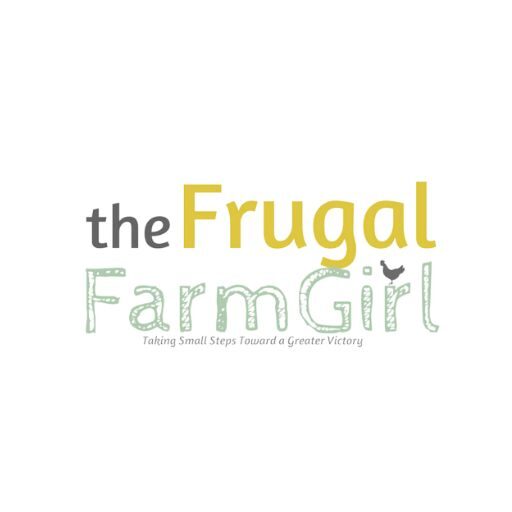For those who love the idea of farm-fresh eggs, picking the right chicken breed can mean the contrast between a few eggs and a full breakfast basket. When we started, we did a brief online search and decided we wanted Rhode Island Reds.
After we started with our six, the chicken math crept in. Then I started picking out chickens based on the cuteness of a chick, which is fine unless your chicken math gets out of hand.

So let me help you on your journey of getting started with chickens and looking for nice large eggs. Understanding which breeds lay the most eggs is crucial. Various egg sizes are also excellent for those who love baking.
Whether you’re an egg lover, a homesteader, or a poultry farmer, understanding the traits of different chicken breeds can transform your egg-laying game.
Below are the top five chicken breeds that lay large eggs.

Introduction: The Importance of Egg-Laying Breeds
The joy of checking the nesting boxes and finding a big, robust egg is a simple pleasure many dream of. Knowing the breeds that tend to lay these large eggs is crucial to a successful chicken-raising adventure.
If you are new to raising chickens at all, check out my beginner guide here.
Backyard chicken keeping has surged in popularity, and with that, the interest in selecting breeds that are prolific and well-suited to varied climates and owner preferences continues to grow.
To keep track of your chickens health, cost, and egg laying check out my favorite chicken binder here.
Efficient and consistent egg-laying breeds can be the backbone of a thriving poultry enterprise, contributing to self-sufficiency, nutritional health, and even a rustic charm that’s second to none.
- Want to get started raising chicks? Check out how to do it cheap.

1. Rhode Island Red: The Rustic Workhorse of the Coop
This was the first breed of chicken we started with, and they are very consistent layers. My only downside with these hens laying large brown eggs is they seem to die at the youngest age.
Our oldest Rhode Island Hen was four, but our average hen lived for 2-3 years.
The Rhode Island Red holds a hallowed position in the poultry pantheon. With its roots firmly planted in American agricultural history, these birds are etched into rural lore for their hardiness and productivity. Their large, brown eggs are a staple in many households, reflecting the breed’s robust egg-laying capabilities.
Egg-Laying Capabilities
Rhode Island Reds are consistent layers, averaging 5-6 weekly eggs. Their size range often veers toward the larger end of the spectrum.
Their early maturation means you won’t have to wait long for your first eggs, and they also lay well through winter.
Considerations for Raising Rhode Island Reds
This breed is an excellent choice for beginners due to its easy-going nature. They thrive in a free-range environment but are also content in a coop.
Their dual-purpose status—suitable for eggs and meat—makes them a logical and valuable addition to any flock.

2. Leghorn: An Icon of Industrial Egg Production
White Leghorns are synonymous with big egg businesses, and for a good reason – they are relentless layers. Prized for their efficient feed-to-egg conversion, they have been the cornerstone of many large-scale egg operations.
The Egg Production Powerhouse
Leghorns lay abundant, extra-large white eggs, often outperforming other breeds by laying up to 320 eggs yearly.
Their eggs are standout features in size and uniform coloring, making them a favorite for both utility and esthetics.
Suited for Varied Environments
Due to their docile nature, their adaptability ranges from thriving in hot climates to being the preferred breed for commercial settings.
If space is a concern, Leghorns may be the ideal choice, as they require less room than some of their counterparts.

3. Sussex: The All-Purpose, Feathered Family Hen
This quintessential English breed embodies the charm of the countryside and the reliability of a family matriarch.
Sussex is renowned for its dual-purpose characteristics, making it ideal for those who desire eggs and meat.
The Sussex Egg Factory
Sussex hens produce many large, light-brown eggs, typically between 4 and 5 eggs per week. Their steady production and renowned motherly nature make them a well-rounded choice for small—to medium-sized operations.
Advantages and Challenges
Despite their nurturing and generally friendly reputation, some Sussex individuals can be somewhat flighty, so providing a secure environment is crucial.
They are known to do well in confinement or as free-range chickens, showcasing their adaptability to various management styles.

4. Australorp: The Australian Egg-Cellence
Originally from Australia, the Australorp is a pragmatic and productive feathered friend. Renowned for their comprehensive utility, they are superb layers with polished, iridescent plumage.
This is my favorite breed we’ve had, mainly because they are hardy and have good egg layers. We also used some for meat, and the taste was delicious. I love a dual-purpose chicken.
We only have one Australorp who is seven years old, and she still goes broody yearly. Sadly, she’s never been successful with it.
Egg-Laying Like Clockwork
Australorps are some of the most productive layers of all the breeds, with periods of peak laying that can extend for several years. They consistently churn out large to extra-large eggs, impressing quantity and quality.

Maximizing Their Potential
Maintaining a healthy, low-stress environment is essential for optimal egg production. A balanced diet, sufficient space, and a comfortable coop ensure these birds reach their full laying potential.

5. Orpington: The Bully of Large Egg Production
Gentle giants with a rare predisposition for large eggs, the Orpington is a marvel of the chicken world. Originating in the United Kingdom, this breed is celebrated for its docile nature and regal appearance.
Large and in Charge
With an average of 3-4 eggs per week, the Orpington isn’t the most abundant layer, but it more than makes up for quantity with quality.
These eggs tend to be among the largest, and the hens are known to be good brooders. This is one of my favorite breeds. Check out my video when I got my lavender Orpington chicks!
Succeeding with Orpingtons
Managing Orpingtons involves creating an environment where their calm temperament can flourish. Their large size means they need room to move, so a spacious coop or free-range space is essential.
A stress-free setting can lead to a more consistent and reliable laying schedule.

Selecting Your Egg-Laying Champions
I hope this helps you decide which ones are right for you. Whether you are going to stop by your local Tractor Supply or Farm store or order chicks online, you’re on your way to a fun and rewarding experience raising chickens.
